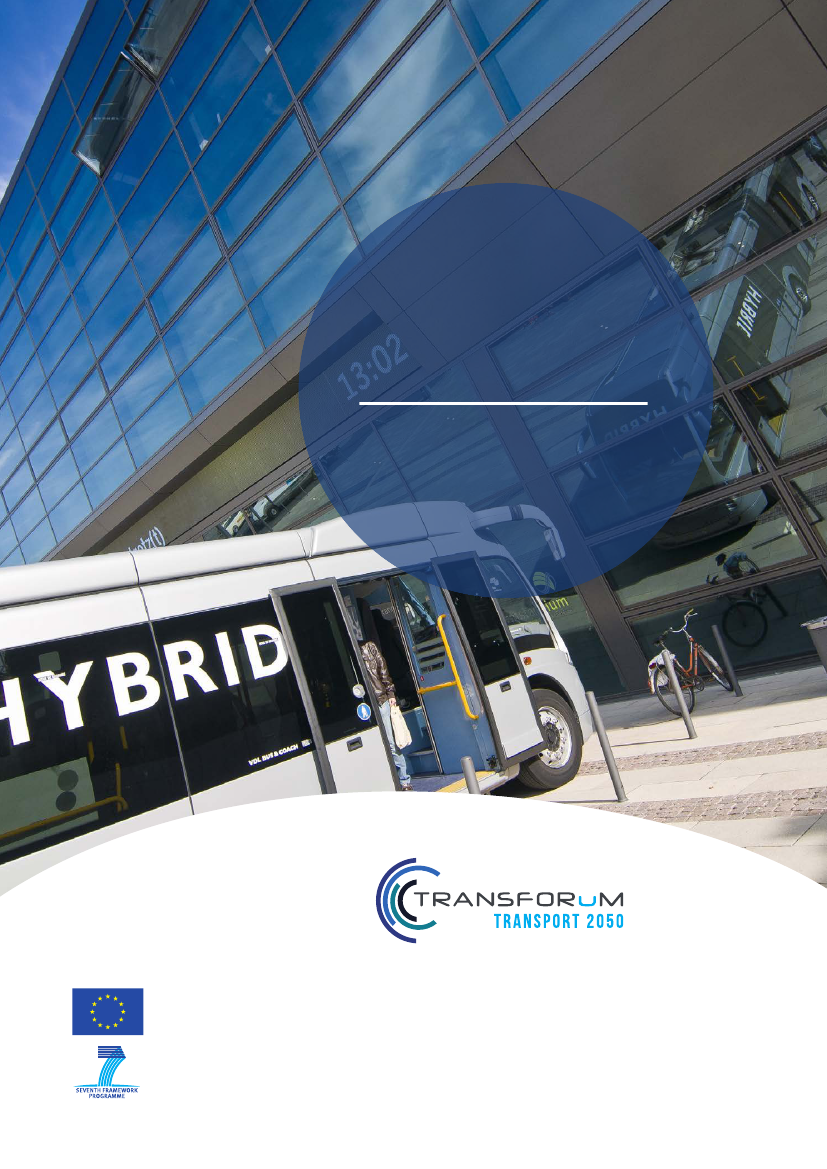
© BAPTS
ROADMAP TOWARDS THE WHITE PAPER GOAL ON URBAN MOBILITY
URBAN
TRANSPORT
ROADMAP
1
This project is
co-funded by
the European Union
ROADMAP towards goal 1 of the White Paper on Transport:
»Halve the use of ‘conventionally fuelled’ cars in urban transport by 2030;
phase them out in cities by 2050; achieve essentially CO2-free city logistics in
major urban centres by 2030.«